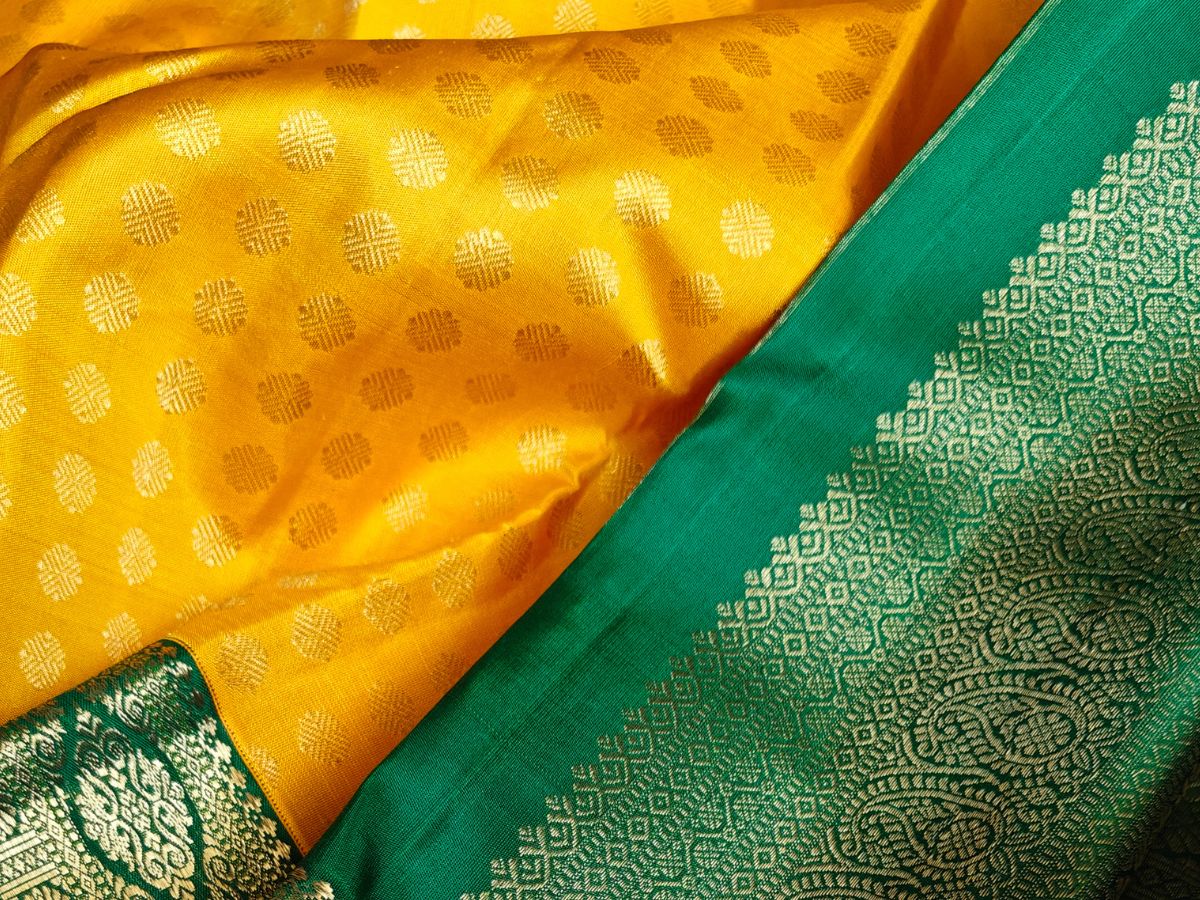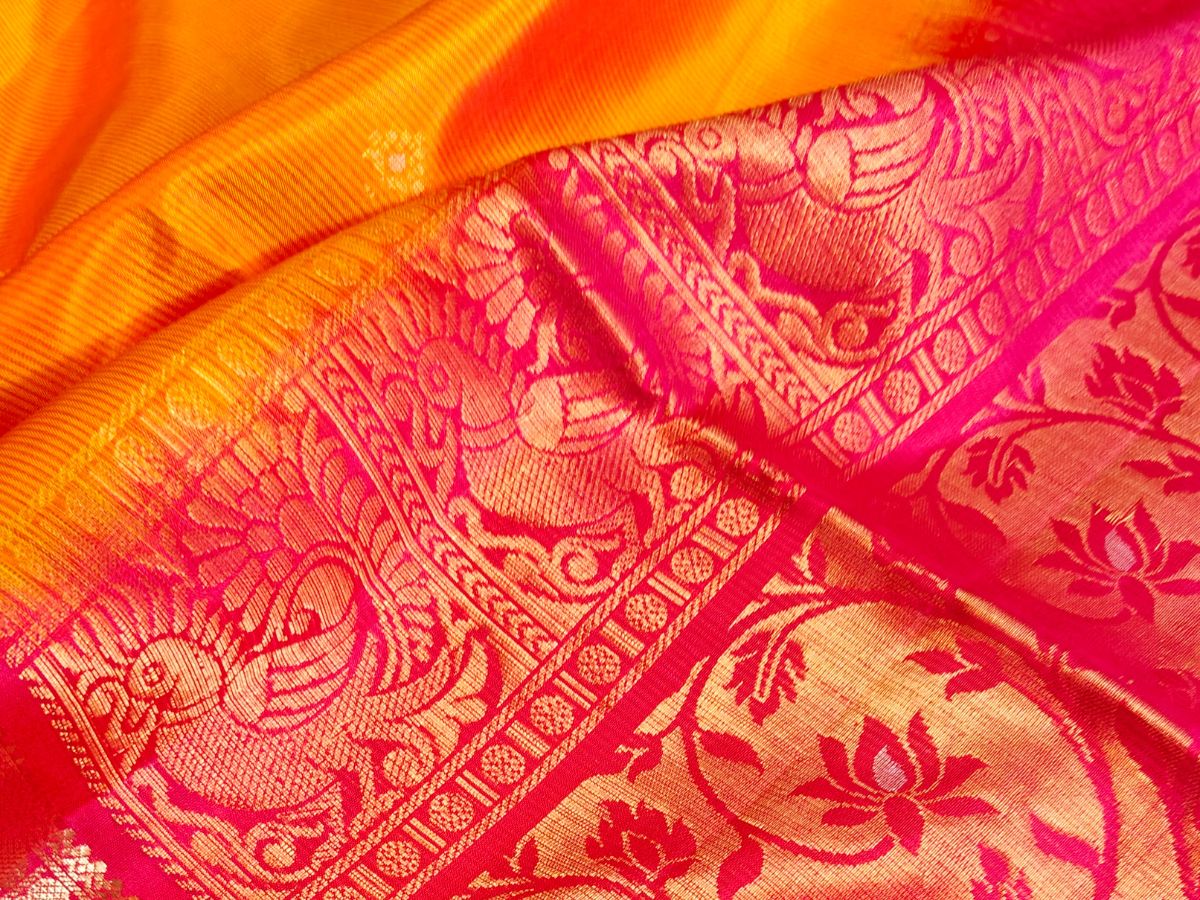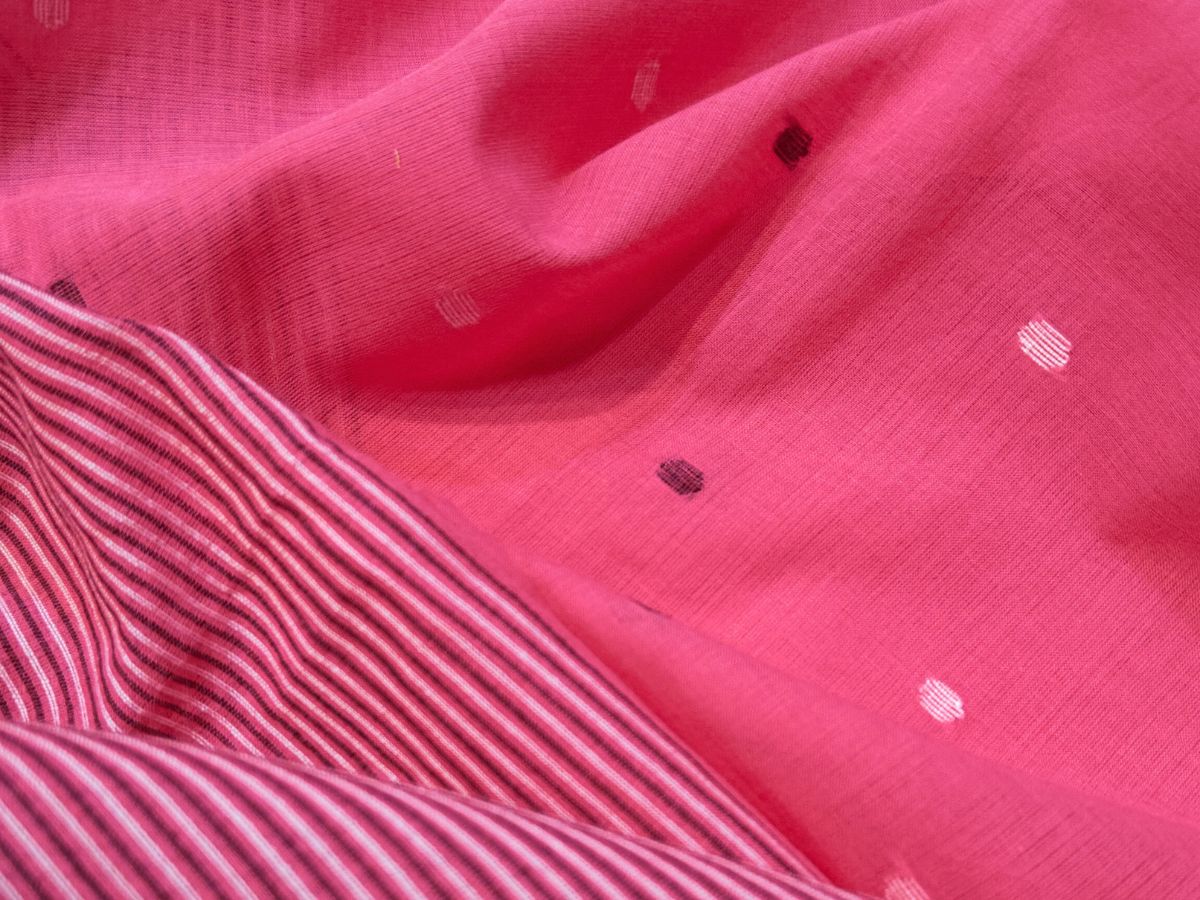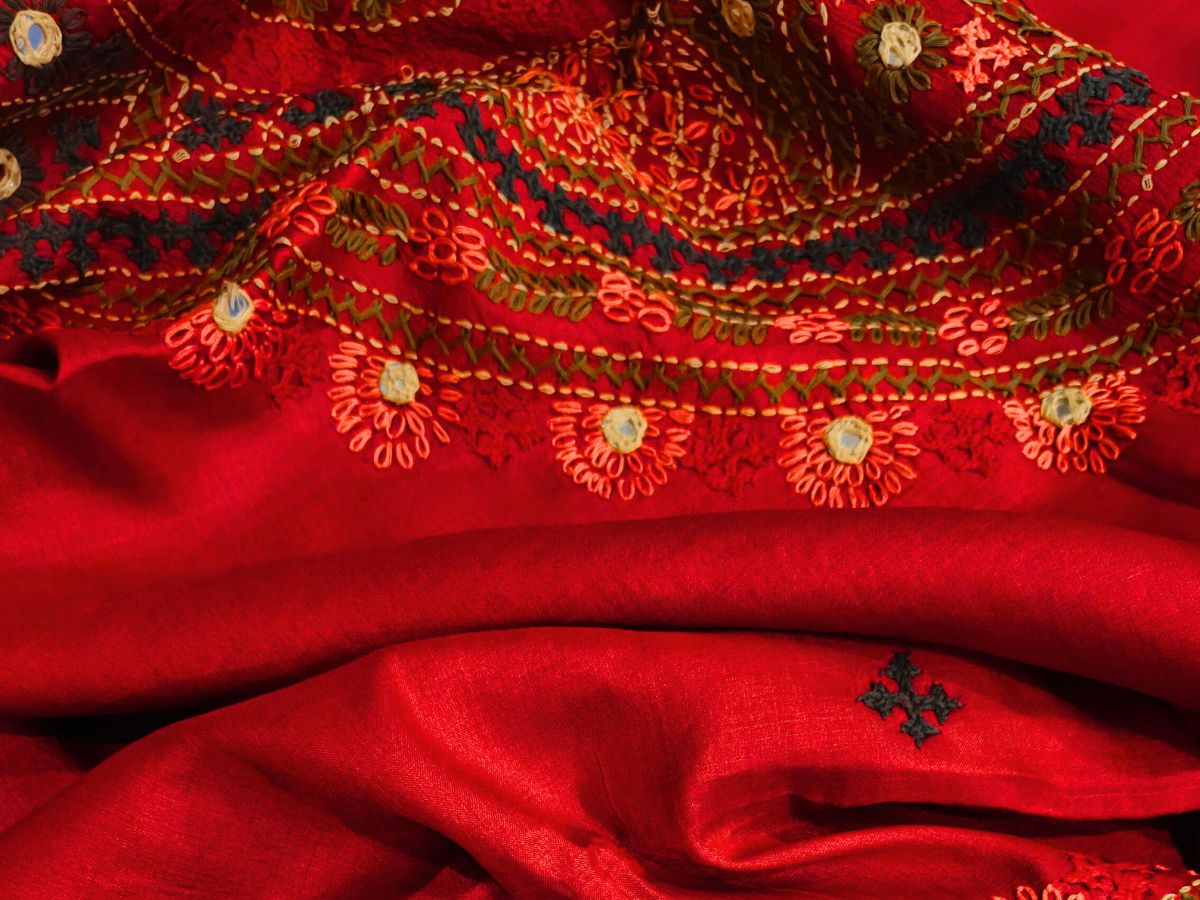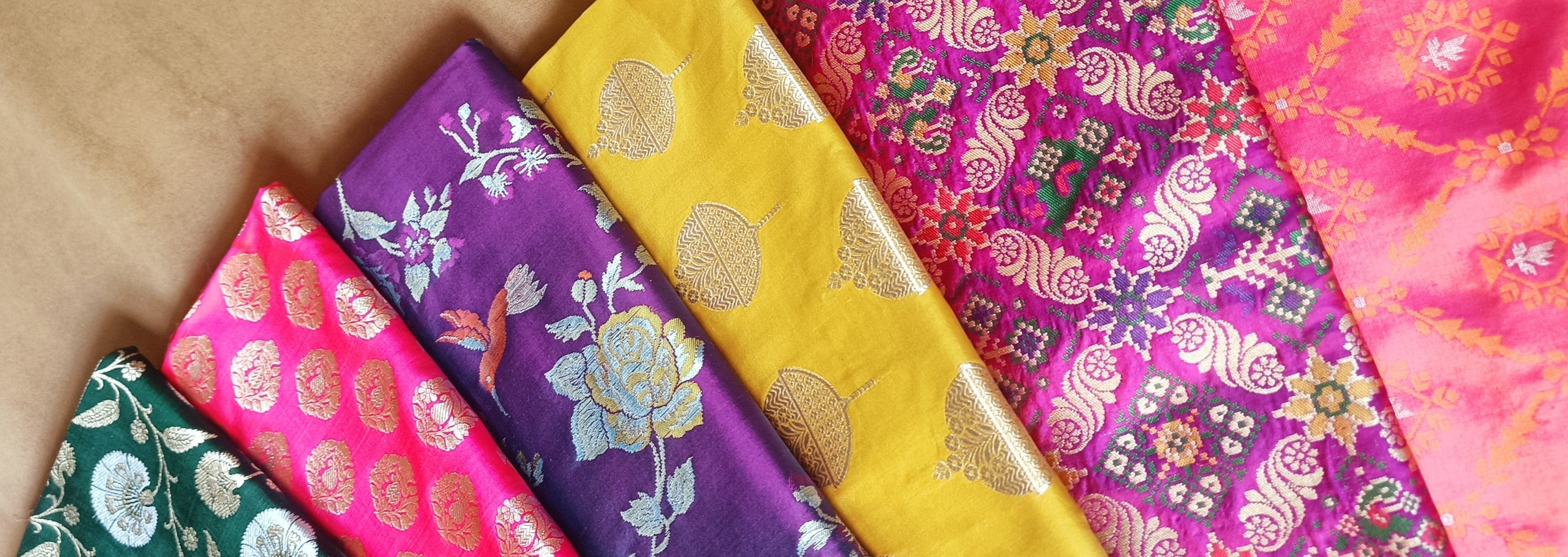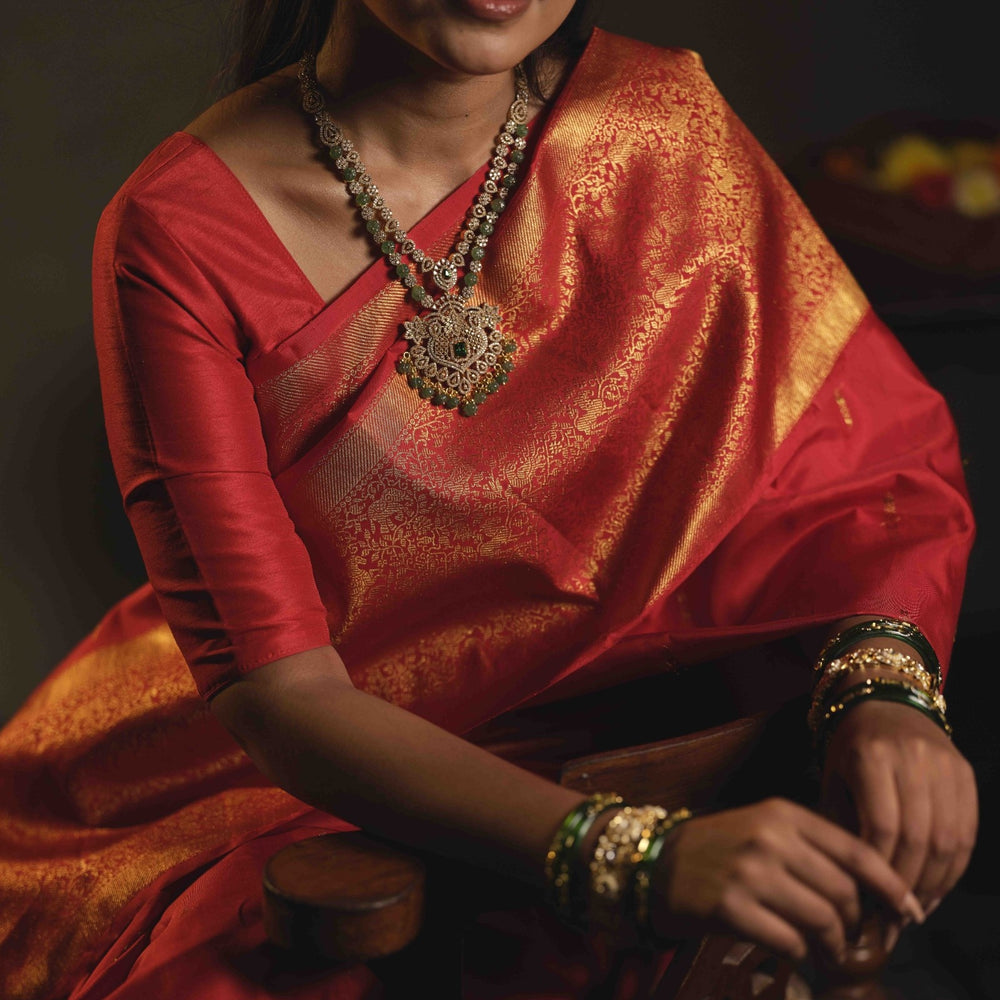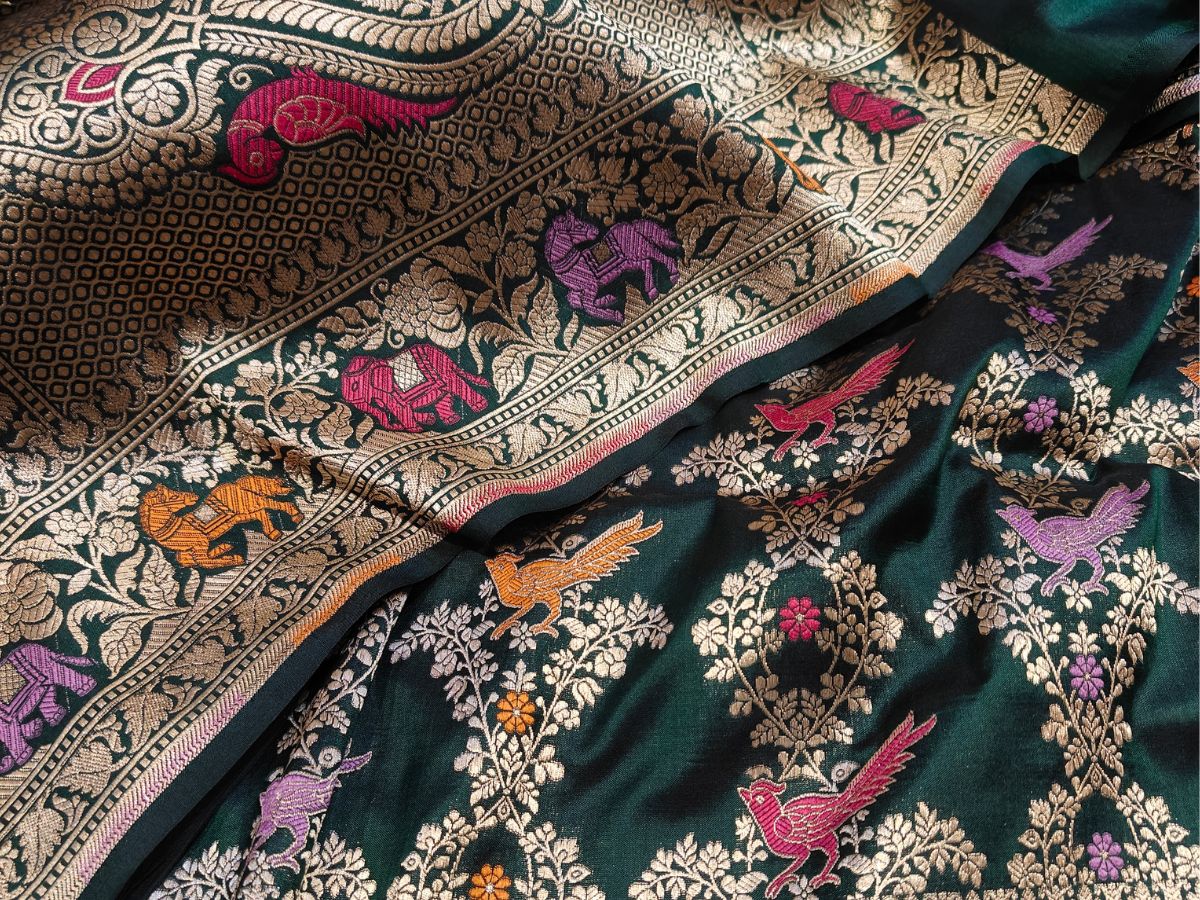
Banarasi
Unfold a tale of woven luxury with Dakshinam’s Banarasi Collective- a celebration of silk, shimmer, and centuries of artistry. The edit brings together the elegance of Banarasi Katan Saree Online, where crisp textures blend with bold, sculpted silhouettes, and the timeless charm of Pure Banarasi Katan Silk Sarees Designs, spun with finesse and made for moments that linger. The delicate shimmer of a Zari Woven Banarasi Georgette Saree adds a whisper of festivity, and further in, the refined beauty of Tanchoi Silk Weaving reveals itself through intricate jacquards, thoroughly rich in detail. These are not just sarees, but heirlooms in motion- each part of our curation of Exclusive Banarasi Sarees, created for those who wear stories as gracefully as they wear silk.


